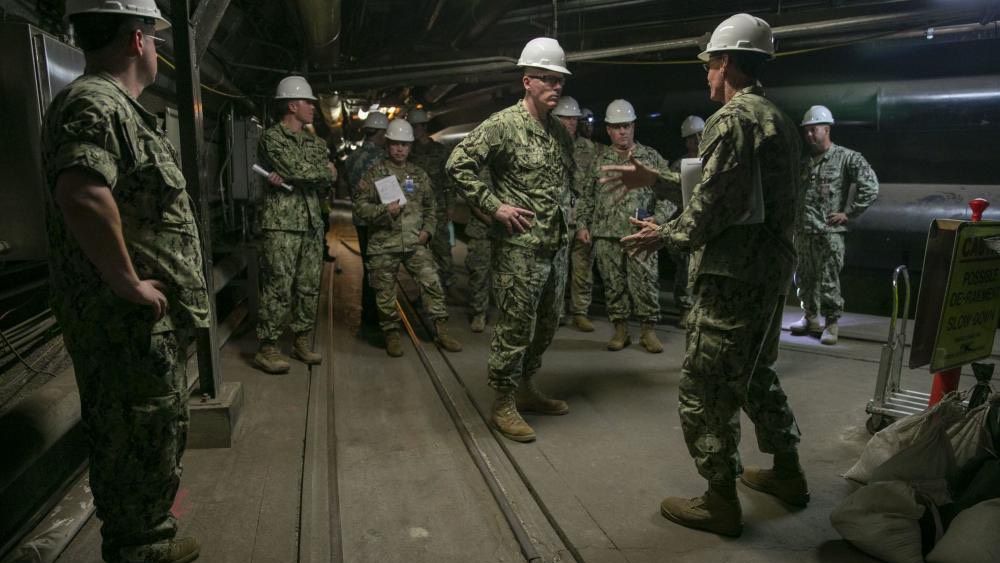PEARL HARBOR, Hawaii — The Navy will begin defueling Red Hill Bulk Fuel Storage Facility on Tuesday.
Captain Shawn Triggs, who is the operations director for the Red Hill Joint Task Force, which is tasked with defueling the facility, said at a news conference on Monday that the defueling process has been broken into four phases.
The first phase has already been completed, and it involved training and inspecting the pipeline. Phase two is currently underway and includes maintenance actions, valve checks and pressure equalization in the pipelines. The third phase will require removing about 90% of the fuel with gravity. The final phase will involve removing the residual fuel by pulling it out of the pipeline.
Triggs said the three different pipelines at Red Hill contain 1 million gallons of fuel. Each of the three pipelines stores a different type of fuel.
“That 1 million gallons needs to come out of those pipelines before we can begin the repairs and the necessary modifications to build the resiliency in those pipelines for defueling,” said Triggs.
Removing the fuel from the pipeline is expected to take six days. Triggs said the fuel will be drained out for a total of 12 hours during that time.
“The fuel will be drained out of the Red Hill pipelines down to the outlet here on Joint Base Pearl Harbor-Hickam and then we will distribute that 1 million gallons to aboveground storage tanks and fuel barges down at Hotel Pier and within Joint Base Pearl Harbor-Hickam,” said Triggs.
“The fuel will then be used to support both local ships and aircrafts,” added Triggs.
A major concern is a possible spill, said Rear Admiral John Wade, who is the commander of the Red Hill Joint Task Force.
“The most dangerous aspect of this mission is the potential for fuel to enter the aquifer,” Wade said during Monday’s news conference. “Everything that we've done, every focus of effort for the planning and the rehearsals has been focused on mitigating any chance of a spill.”
The plan to defuel Red Hill has been approved by the Hawaii Department of Health and the Environmental Protection Agency. Wade said the DOH and EPA will be on site throughout the entire defueling process.
The defueling process was to start on Oct. 17, but it was delayed because of a water main break. The pause was necessary because in the case of a fire, water would be necessary to extinguish it. The water main break was fixed on Friday. Wade said officials monitored the water pressure through the weekend.
Currently, the entire defueling process is set to be completed by July 2024.
“My team and I will work in partnership with the Department of Health and the EPA to see if we can reduce that timeline,” said Wade.
Michelle Broder Van Dyke covers the Hawaiian Islands for Spectrum News Hawaii.



